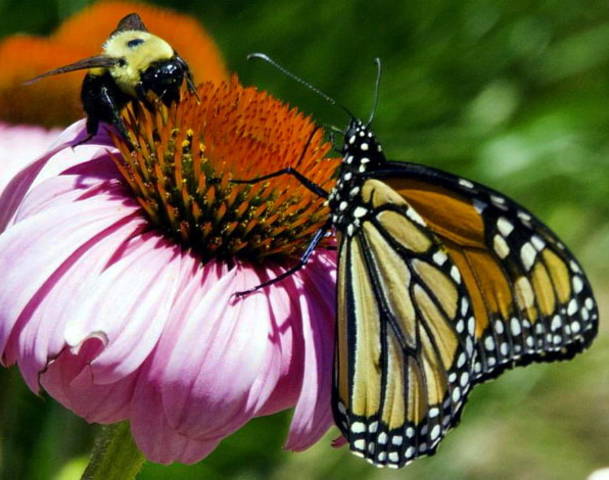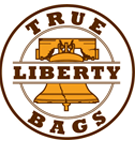
Chances are over the last few years you’ve heard about Honey Bees vanishing all over the globe, or something about CCD (Colony Collapse Disorder). Though we can still only speculate what causes CCD or the disappearances of the bees, it is thought to be the cause of the loss of about half our US honey bee hives, which is up from about 30% from 2010. Other countries are reporting similar losses over the years, and populations keep declining every year.
Unfortunately, Bees are not the only pollinators in danger either. Butterflies, specifically the Monarch Butterfly, have the lowest population count in 20 years. And, while they are not pollinators, the US population of bats has been declining as well. Bat’s keep insect and bug populations in check, especially the ever- annoying mosquito, and can be very helpful critters for those who enjoy maximum time outdoors with minimal pests.
Luckily, we have a much better idea of what is harming our bats and butterflies. Climate change and loss of habitat are largely to blame for population losses. Conservationists have already made improvements with certain species by raising awareness and protecting areas of habitat, but it won’t be enough in the long run without more help. Anyone with space can plant a garden that helps support all of our very important little friends, and it’s as easy as choosing to plant certain helpful plants. Even if you don’t have much space, even a window box can made into the perfect place for a pit-stop for bees, butterflies and bats alike. Make your garden into the perfect spot for our pollinators and save them, and in the long run, the planet.
Choosing the Right Plants:
Bees, butterflies, and insects that bats like to eat, are attracted to many of the same flowering plants. When choosing plants, please make sure they are not Hybridized, as those plants are generally sterile, and therefore produce less pollen. Always plant native plants as they will be more attractive to native critters. A simple online search will tell you what kind of plants that grow in your area are best for bees and butterflies. Most importantly, plant for continuous bloom. Choose plants that flower at different times so that there is food for our friends all season long.
-Bees and Butterflies love: Milkweed, Lupines, Goldenrod, Butterfly Bush, and Bergamot, or other flowering types colored: white, pink, purple, yellow, red and blue.
Go Organic!
Pesticides, chemical fertilizers, and insecticides are largely to blame for population loss of bees, butterflies and bats, as they are highly toxic. Instead use natural remedies and fertilizers, or purchase ladybugs and praying mantis to release into your garden and keep pests in check naturally.
Create a Water Source:
Bees, Butterflies and Bats can all get a drink in a shallow dish of water or birdbath. Fill one side of your dish with sand and small pebbles until it almost resembles mud, so that butterflies and bees can land in it and drink. Keep one side of your dish a bit deeper for other critters to drink, like bats. Plant around your water source if you can to provide shelter and hiding places for wary drinkers.
Create a Home:
Bat boxes are extremely easy to build or purchase, and can provide the perfect shelter for your visitors. Leave uncultivated spots of weeds and grass, and piles of wood, branches, and hollow reed plants for bees and butterflies to nest and hide in.






















Recent Reviews